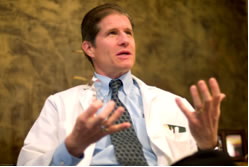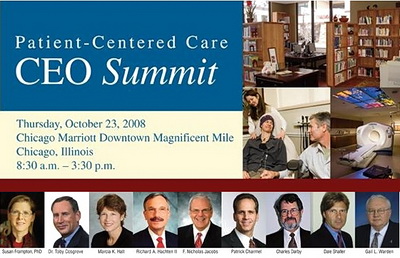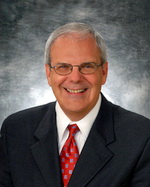When you do the math, you can rather quickly determine that, as the aging process continues with the Boomer generation, federal funding for health care and Social Security will become more and more scarce. At the same time, we have all read the sobering national statistics regarding unnecessary deaths from hospital missteps. The CMS (Center for Medicare and Medicaid Services) previously introduced a form of pay for performance, or –more accurately– no pay for performance, which has already caused a great deal of change in the American Healthcare System.
 As is widely known by now, CMS has decided to literally stop paying for the treatment costs of preventable medical complications. This actually may seem like an intelligent idea. This approach is referred to by some as visibility for good care, and there is no doubt that it will represent the beginning of a stampede from the third-party insurance payers to follow the CMS “Big Dog.” In fact, several companies have already announced that they will not be reimbursing hospitals for similar errors, as well. The truth of the matter, however, is that this step does not even begin to address the problem.
As is widely known by now, CMS has decided to literally stop paying for the treatment costs of preventable medical complications. This actually may seem like an intelligent idea. This approach is referred to by some as visibility for good care, and there is no doubt that it will represent the beginning of a stampede from the third-party insurance payers to follow the CMS “Big Dog.” In fact, several companies have already announced that they will not be reimbursing hospitals for similar errors, as well. The truth of the matter, however, is that this step does not even begin to address the problem.
The problem is not about penalizing hospitals, it’s about creating an incentive system that is not disease and sickness based. Until the pyramid is flipped, we will not see the necessary changes to halt this financial slide to economic oblivion.
About 9% of U.S. hospitals presently use daily reminders to help physicians remember which patients have urinary catheters in place. According to the University of Michigan’s Sanjay Saint, a professor of internal medicine, about 74% of hospitals don’t keep tabs on how long the catheters are in place. But the real issue is that about 98% of hospitals and physicians don’t completely address issues of wellness and prevention that can allow us to remain well until we die because there is little or no incentive to do so.
Logic would dictate that because financial reimbursements will be connected to these hospital-created mistakes, infections or injuries, someone will surely pay more attention to the current misses. But what if the entire system was based on keeping people healthy? What if all of our focus was on exercise, appropriate food consumption, and stress management?
Unfortunately – or fortunately, depending upon your perspective – the United States has become the most proficient country in the world when it comes to capitalism, and much of capitalism is based on manipulating people to get them to consume what will bring the financial success and rewards to the corporations. If you doubt this, just go to Eastern Europe to see what is happening in an environment with unregulated tobacco advertising. The circle has started all over again.
In the old carrot-and-stick arrangement, there will be plenty of hits. Wouldn’t it have been interesting, though, to reward hospitals where mistakes are almost nonexistent so that the less successful medical centers might line up to learn from them, or to reward docs and hospitals for helping to keep people healthy all the time. Carrots work, too, and with much less grief.

What’s the old line? “We’re going to beat the troops until morale improves.”



 I have carefully observed organizations like Circuit City transition from model companies to bankrupt companies. They changed their incentive methodologies for their employees, stopped listening to them, and stood back and watched as those same employees undermined their sales by saying things like, “I don’t care what you buy. My check doesn’t change either way.”
I have carefully observed organizations like Circuit City transition from model companies to bankrupt companies. They changed their incentive methodologies for their employees, stopped listening to them, and stood back and watched as those same employees undermined their sales by saying things like, “I don’t care what you buy. My check doesn’t change either way.”








